The origins of Western alchemy can be traced back to Hellenistic Egypt, in particular to the city of Alexandria. One of the most important characters in the mythology of alchemy is Hermes Trismegistus (Hermes the Thrice-Great). The name of this figure is derived from the Egyptian god of wisdom, Thoth, and his Greek counterpart, Hermes. The Hermetica, which is said to be written by Hermes Trismegistus, is generally regarded as the basis of Western alchemical philosophy and practice. In addition, Hermes Trismegistus is also believed to be the author of the Emerald Tablet.
The Emerald Tablet
The Emerald Tablet is a short, cryptic text attributed to the mythical Hermes Trismegistus, whose purpose is to reveal the secret of the primordial substance and its transmutations. Hermes Trismegisto is the Greek name of a mythical character who was associated with the syncretism of the Egyptian god Dyehuty (Tot in Greek).
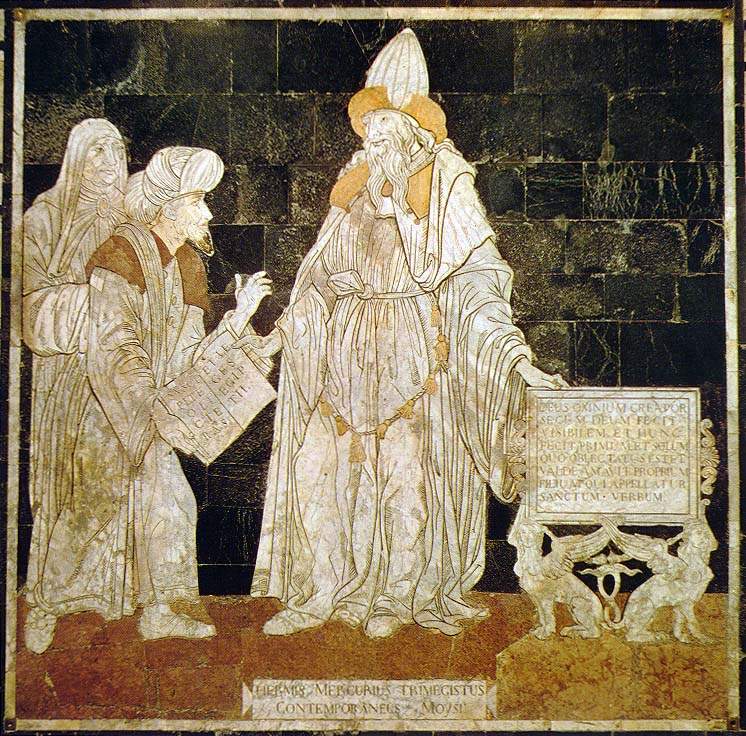
Hermes Trismegistus was a pagan prophet himself who announced the advent of Christianity. Studies of alchemy have been attributed to him like the Emerald Table which was translated from Latin to English by Isaac Newton. In the Emerald Table all the art of the Great Work is condensed or summarized, the main objective of alchemy, alchemy is the art of perfection and the Great Work implies its fulfilment, perfection. It is said that the table was found around the years 1350 in a secret burial chamber that was under the pyramid of Cheops, the origin of this has been as mysterious as its interpretation and is considered by scholars as the “Cornerstone of Western alchemical thought.” On the Emerald Tablet, there are engraved characters from the ancient language of Atlantis.
Legends of the Emerald Tablet
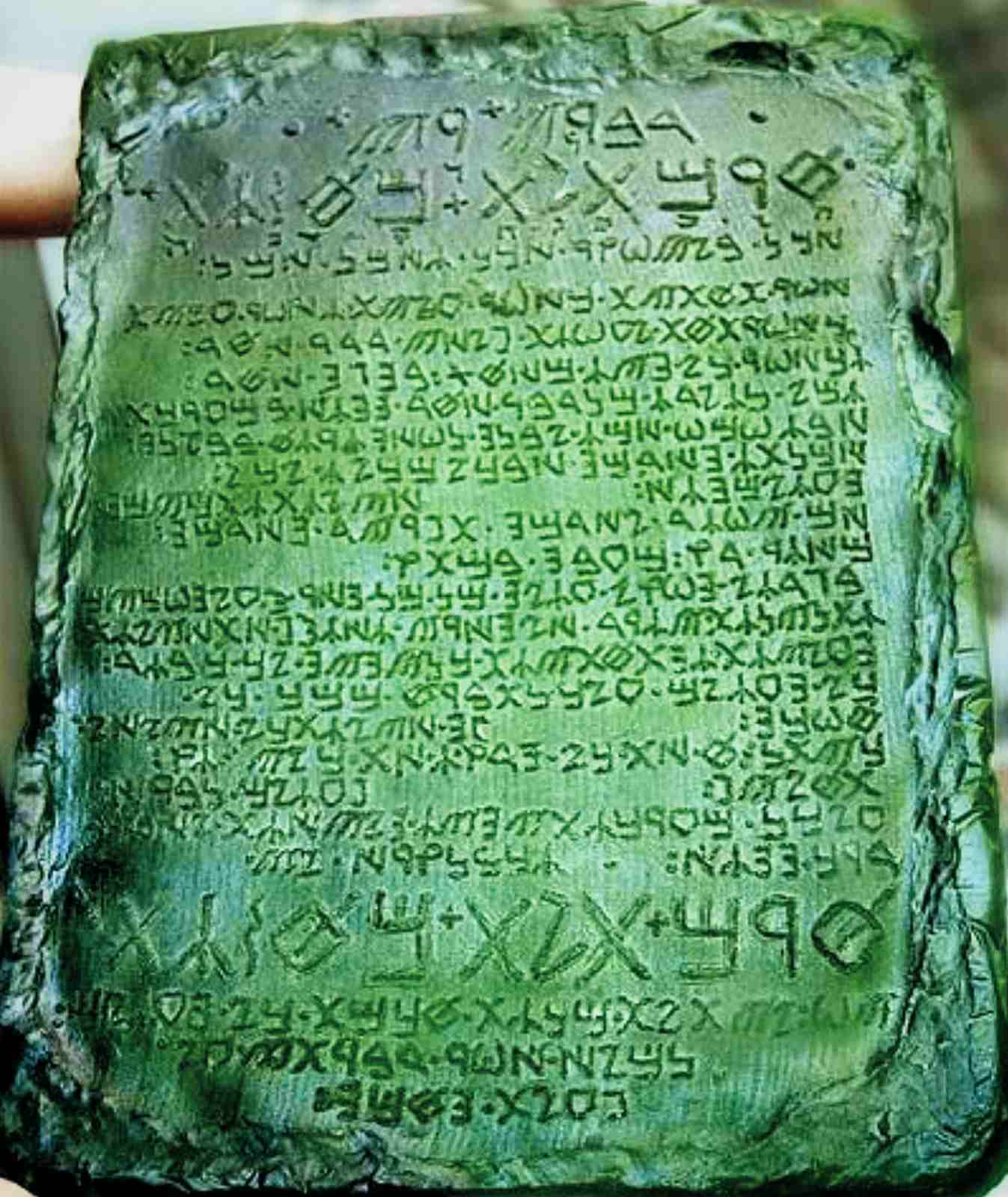
There are many legends about the origin of the table, which blurs the true story. One of these stories tells that Hermes was the son of Adam and that he wrote the Emerald Tablet to help humanity redeem themselves from the sins that his father had committed in the garden of Eden. The Emerald Table is composed of 12 emerald green tablets formed by a substance created by alchemical transmutation, the material from which the tablets are made is imperishable, in addition to being resistant to all elements and substances. The Hebrew tradition for its part identifies the author of the table to Set the third son of Adam and Eve, and who was saved from the universal flood by Noah who carried it in his ark.
After the flood, Noah hid the Emerald Tablet in a cave near Hebron, where Abraham’s wife was later discovered by Sarah. Another legend also describes Hermes giving the tablet to Miriam, Moses’ sister, so that she would put it to safety and Miriam hid it inside the ark of the covenant, where it is still found, who Hermes was for sure is still unknown, only the Greeks named him after a god just like the Egyptians.
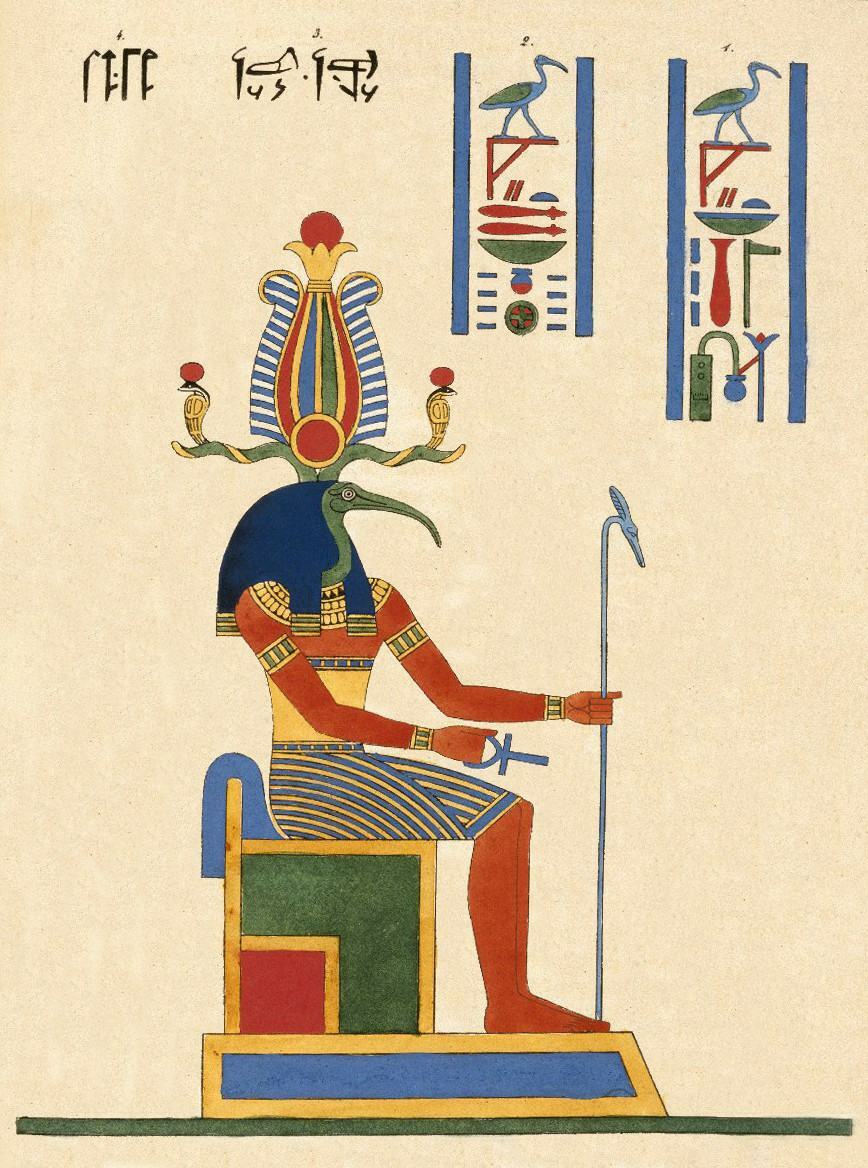
Hermes Trismegistus is mentioned primarily in occult literature as the Egyptian sage parallel to the god Thoth, also an Egyptian god who created alchemy and developed a metaphysical belief system that today is known as Hermeticism. For some medieval thinkers, Hermes was a pagan prophet who announced the advent of Christianity.
Although, due to the lack of conclusive evidence on its existence, the historical character has been fictitiously constructed from the Middle Ages to the present day, especially since the resurgence of esotericism. The term Trismegistus means the three times great, who possesses the gift of triple wisdom: Physical, mental and spiritual.
Some Hebrew tendencies designate him as a contemporary of Abraham and others indicate him as the teacher of Moses. Its presence coincides with the rise of Egypt as the great centre of mystical wisdom, so much importance is given to Hermes that according to Plato, he discovered numbers, geometry, astronomy and letters. Also, he is considered the manager of some basic principles of arithmetic, medical treatises, the handling of metals and pictographic or engraved writing.
Diodorus, a Greek historian of the 1st century BC, commented that Osiris had him as his scribe and priest and that he communicated every question to him and used his advice in most cases. For its part, Clement of Alexandria commented that the written legacy of Hermes would consist of 42 books that existed in all the temples dedicated to the Goddess Isis and also in the famous Library of Alexandria before it was destroyed.
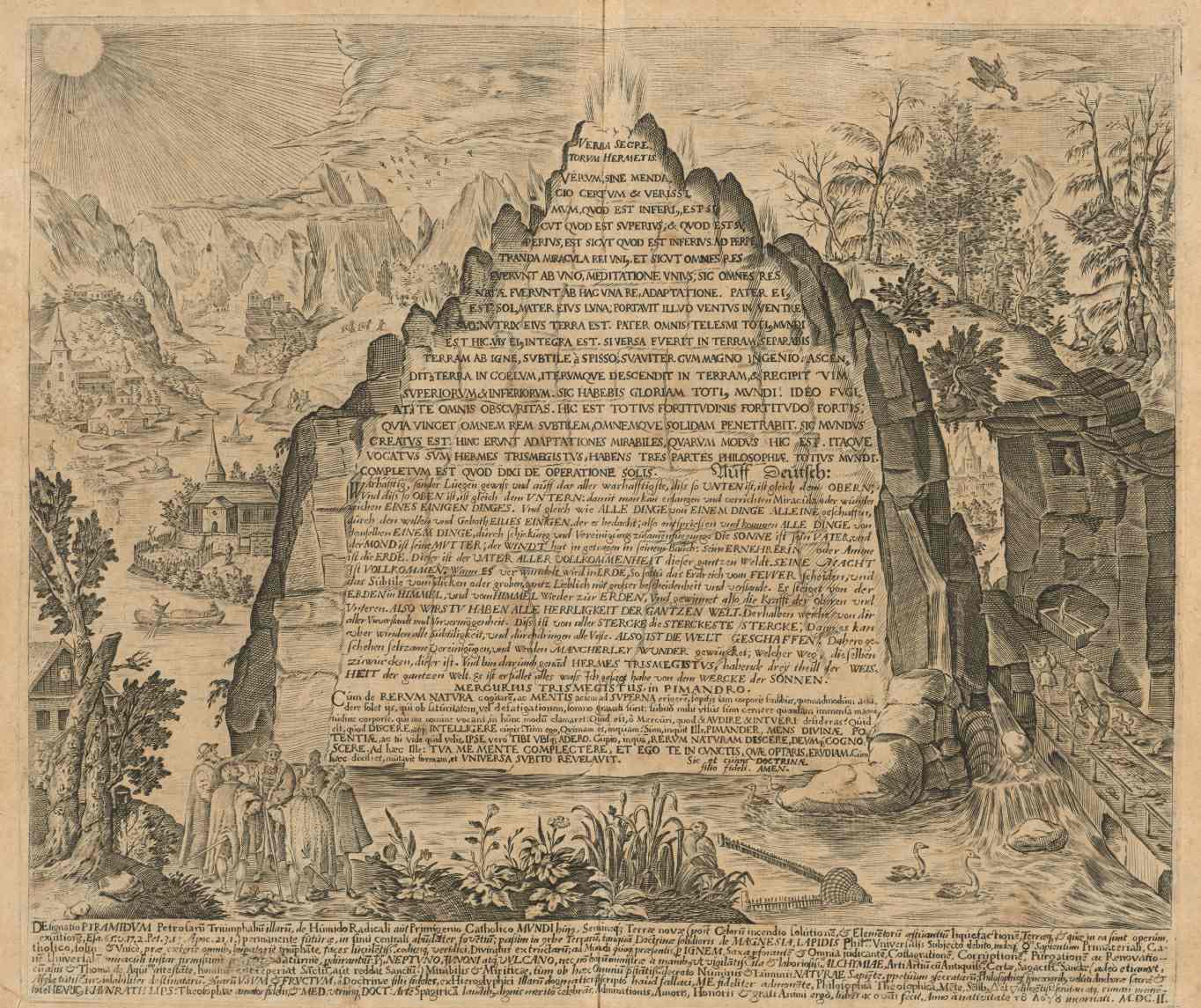
There are three legends about how the Emerald Tablet was found, The first is that Alexander the Great found the tomb of Hermes and copied on a tablet the signs he found in the original emerald that covered the body of this, leaving the place intact and then erasing all the traces. The second version says that it was found by Abraham’s wife, Sarah, also in the tomb of Hermes, finally some indicate that it was Apollonius of Tiana, a Greek philosopher, who found the table in an underground cave.
Even though the origins of the tablets are shrouded in mystery, there is full consent among ancient and modern-day alchemists about one thing – alchemy was invented in Egypt, before the time of Pharaohs. This knowledge was a gift from the Gods in the period of the “First Time” or Zep Tepi.
And the third legend says that god-like creatures arrived in Egypt and gifted people with advanced technologies, which allowed the direct transformation of matter. It is believed that, during this period, Thoth created, or brought the Emerald tablets. But when was this “First Time”? According to some sources, it was more than 12,000 years ago.
What’s Written on the Emerald Tablet?
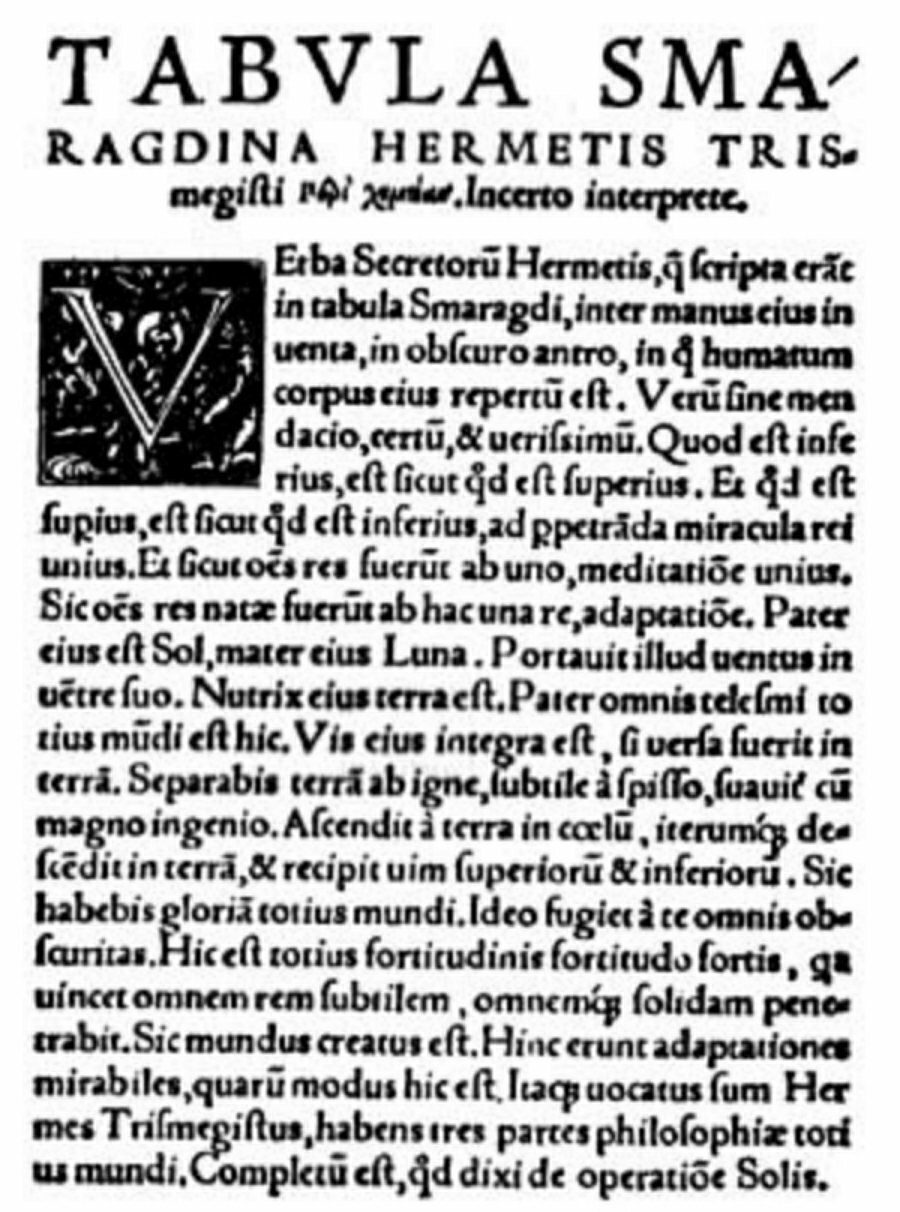
One key “truth” presented by the Emerald tablets is the phrase “As Above, So Below” which means, that if oneness is to be reached, one must understand that whatever happens on one level of reality (physical, emotional and mental), happens on all other levels as well. If these tables really originate from Egypt, the wisdom of ancient Egyptians is no more than a reflection of a far older knowledge.
However you choose to interpret the translated texts, one aspect leaves very little space for interpretation – the actual existence of the original Emerald tablets. Despite the claims, made by sages, alchemists and followers of mysticism, no one has yet announced the discovery (or re-discovery) of the original tablets.
Conclusion
Did translators, among which are, Balinas, Isaac Newton, Aleister Crowley, and Albertus Magnus, really see the tablets? If not, then why would so many people lie about their existence? Were the tablets some kind of elaborate scheme, meant to shroud certain social groups in mystery? Or was someone trying to control society with fear?
Perhaps we will never know the answers to all the questions surrounding the mysterious Emerald tablets, but we do know that they would contain information, which many alchemists throughout history have tried to hide -information which we can use to transform matter…or even ourselves.




